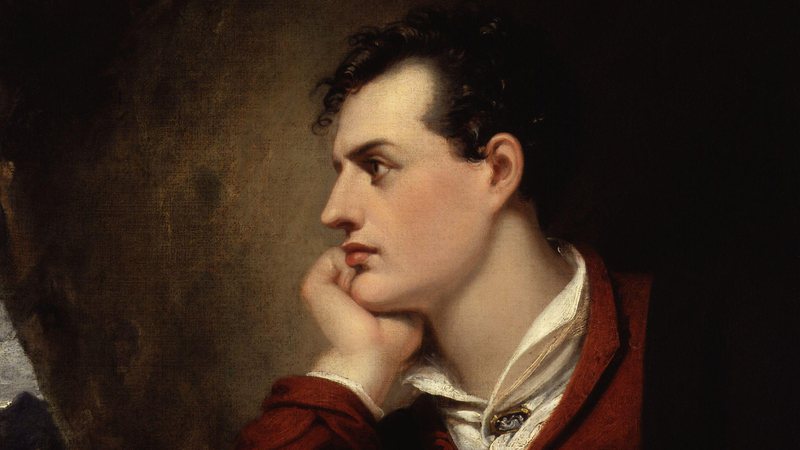A new museum dedicated to the flamboyant British poet and satirist Lord Byron is set to open in the northern Italian city of Ravenna. This museum will be located in the very building where Byron famously engaged in a passionate affair with Countess Teresa Guiccioli, wife of an aristocrat, and composed some of his most notable works.

In 1819, Byron boldly took up residence in Palazzo Guiccioli, the home of Teresa’s husband, after meeting her at a Venetian gathering.
This grand residence, situated in the heart of Ravenna, has undergone meticulous restoration by the Cassa di Risparmio di Ravenna Foundation. Starting on November 29, visitors can explore the same rooms where Byron's romance unfolded and where he concentrated on completing masterpieces such as "Don Juan," "Sardanapalus," "The Prophecy of Dante," and the final canto of "Childe Harold’s Pilgrimage." One of the rooms showcases tokens of affection from the countess, including letters, jewelry, strands of Byron’s distinctive curly hair, and even fragments of his sunburned skin.
Part of the museum will focus on the Risorgimento, the 19th-century movement for Italian unification, reflecting Byron’s associations with the Carbonari, a clandestine network of revolutionary societies playing a role in this historical process. A representative from the museum noted, "The aim is to connect the three dimensions of Lord Byron – the poet, the lover, and the advocate for freedom."
Byron passed away in 1824 in what is present-day Greece, having had numerous romances over his lifetime, but the countess remained his last profound love.
"Teresa’s love compelled Byron to transform himself, and although he never became a saint, it marked a significant shift in his life," remarked Antonio Patuelli, the foundation's president.
Billed as the world’s only museum solely dedicated to Byron, it will allow visitors to experience the poet’s adventures in Italy and uncover what captivated him about the country, thanks to interactive virtual reality features.
In 1816, Byron departed England for mainland Europe amidst rumors of scandalous affairs and debts, never returning. His travels took him through Belgium, Switzerland, Venice, and Rome, before ultimately returning to Venice in 1819 where he encountered the countess. Enamored at once, the couple considered elopement but instead settled at her marital residence. Byron later followed her to Pisa in 1821. During his stay in Ravenna, he entertained visits from notable friends like Percy Bysshe Shelley, a leading English Romantic poet, and Irish writer and poet Thomas Moore.
Byron was famously described by his lover Caroline Lamb as “mad, bad, and dangerous to know.” Locals in Ravenna knew him as “the crazy Englishman.” In 1823, he left Italy for Greece to join insurgents in the fight for independence against the Ottoman Empire. Byron succumbed to a fever in Missolonghi in April 1824, at the age of 36, and was laid to rest in his family vault in Nottinghamshire.

